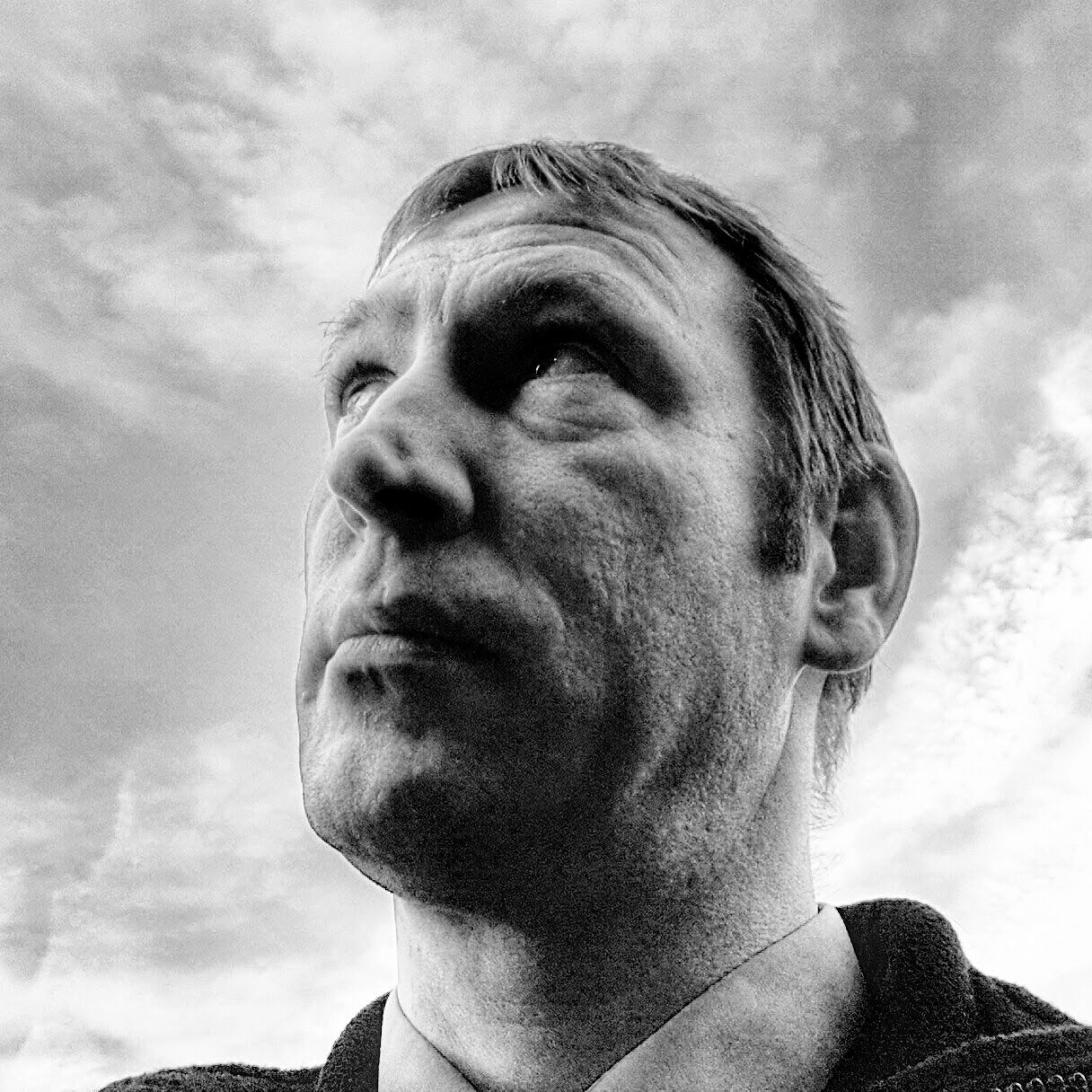A few days ago, I got myself a Canon EOS 700D DSLR camera along with a Canon EFS 18-55mm lens for about $160. Until now, I’ve only ever used point-and-shoots, like my smartphone or my “Kodak” Pixpro AZ401.
So, it’s basically the first time I get to properly play around with the exposure triangle and all that good, manual stuff. I already love this camera, because despite the low cost, you can get great shots in auto mode out of the box, but it’s also very versatile in professional photography. All that, and I still haven’t even gotten into editing raw photos; this is just the JPG!
This particular photo of a garden shed was shot with:
ISO: 6400
Exposure: 1/395s
Aperture: f/14
Focal length: 46mm
Resolution: 5184x3456
From what I’ve heard, those settings aren’t ideal, especially the high ISO for that much light. Does anybody have some general tips for me or resources to check out?
By the way, I also just installed Magic Lantern. That’s some great stuff. Oh, and also - if anyone has a good way to connect it as a webcam on Linux, that’s also very welcome since EOS Utility doesn’t work and Gphoto2 is very low-res. The first thing I didn’t get properly running on Linux!
Love the light on that shot! I hope you’ll keep going with the hobby!
Here are a few things:
- “Kit lens” such as this 18-55 of yours are typically not that great. It really depends what you plan to shoot, but going with a prime lens (50mm f/1.8), if you can afford it, or something vintage (Helios) can be a great experience; also for “forcing” you to shoot manual, as other advised.
- Great to see you are on Linux! I have no idea about the webcam stuff. I also didn’t had luck trying to use a Sony camera myself, but I’m guessing if the proprietary software doesn’t work, the only option is to get a capture card for your PC.
- For editing, I strongly recommend Darktable, also as advised before!
- Shooting manual is rewarding; shooting “blind” (idk if there is a specific word for that), where you estimate the exposure “by hand” is a lot of fun imo, and very forgivable on digital camera! If you can, give a shot at the “Sunny 16 rule” technique. To me, it makes shooting outside very relaxing since I don’t have to care about the camera settings that much once it’s figured out.
Have fun, but beware! It’s a deep, deep rabbit hole.
Thanks for the nice response :)
I’ve heard Darktable a lot, and I’ve actually looked at it before, but it looked intimidating and I did not yet really have any photos I could try to edit, so I continued doing that first. As for the webcam thing: I have a capture card, and it kinda works, but I’m not too sure on how to get a clean output through the HDMI port.
However, I’ll definitely look into those things :D
As for the lens thing: I don’t think I’ll spend money on new lenses immediately, and if I was, I’d look for cheap used ones. I kinda wanna create art and not necessarily perfection, and also I don’t like spending money xd
I think it’s about finding character in the gear you have.
Manual is great to learn about what’s happening and why. Remember though, that once you have a good grasp of the technical aspects, you can then use that to make the camera do the work for you.
Canon cameras are particularly good at this, as they have a unique way of controlling the relationships between parts of those aspects. See the /v settings on the mode dial.
Once you have the camera doing stuff for you it starts to get out of the way and your mind becomes free of those distractions. Your photos will improve as a result.
Yes, as someone that got into photography many years ago:
- Rule of Thirds—Honestly, this is the easiest thing to learn. It won’t make your photos amazing or anything, but it is a consistent way to view any scene, which is very useful.
- Then watch some random video on photographic composition. There are many different ways to view a scene.
- Learn the Aperture, Shutter Speed, ISO/Exposure Triangle. Absolutely crucial for learning to shoot manual.
- Learn to shoot manual. Try taking good pics of fireworks on July 4th. It’s tougher than it looks.
- You don’t need to get into editing raw photos, but it’s fun af. I switched from Adobe Lightroom/Photoshop to ON1. I’d also recommend Affinity Photo. Unlike ON1, Affinity does not have a subscription and their software is comparable to Photoshop.
As for your photo, at a glance, I can’t really tell it’s shot as such as high ISO. But once you zoom in, you can see the fuzziness. Still though, I think it’s kinda clear why you took the picture. It looks you’re focusing on several interacting subjects (the bunny, the butterfly, the turquoise fence with the bunny outline) that all framed really well by the wooden house and the negative space at the top and right edges of the frame. I, for one, like it a lot!
Anyway, have fun! Photography is one of the hobbies I’m happiest to have. I hope it ends up being as fulfilling for you!
A friendly warning, please be careful when suggesting the rule of 3rds, especially to the less experienced. It’s greatly misunderstood and as a result it generally causes confusion and boring photos.
Please see the article in this Lemmy post, about this and composition generally.
Thanks.
Thanks for the detailed comment :)
Unfortunately, there aren’t any fireworks soon where I live, but when the time for new year comes, I’ll try it out.
But from my previous tries to photograph firework I do know that on a smartphone, it’s basically impossible xd
As mentioned in other comments, you can use a more appropriate aperture here because f14 is too small and you’ll suffer from diffraction as a result.
The reason it’s a problem, is similar to when you squint your eyes. The light gets spread more than is ideal and the image will have reduced sharpness.
Ideally, you should try not to go beyond f11, as that’s usually where most lenses will start to become effected.
It’s worth noting that despite this, if you need a small aperture then don’t be afraid to use it. The reduction in sharpness won’t really notice until you get to larger print sizes, such as 1 x 1.5 metres.
Even then, it’s much better to have a great photo without ultimate sharpness, than a super sharp photo that’s boring or just bad. If you have the time, such as with non moving subjects, none of these things should happen. If your subject is moving, things get complicated quickly.
Sorry to go on a bit, I just wanted to bring some context and info to the subject of diffraction, as it’s an important one, but once you know the whys and wherefores it’s easy be aware of and incorporate into your workflow.
Alright, thanks man :)
I think at the time of taking the photo, I might have still believed that a larger F-Stop means the aperture is wider. But this comment section has taught me a lot since then!
First, nice photo! Even “old” gear can take great photos. Throw motion and/or low light (with a fast lens) into the mix and you’ll beat a modern smartphone.
The quick lead into the exposure triangle is:
- ISO is basically “gain” applied to the photons that hit the sensor. Some gain = fine. More gain = you start to run into signal to noise ratio challenges
- shutter speed helps you freeze the action, or can also let the action blur on purpose. Examples of intentional blur include panning photos (think auto racing) and long exposures (at night or during the day with the aid of a ND filter)
- aperture. This is the ratio of focal length to lens aperture. Keep in mind it’s 1/x, so as x grows the actual aperture is getting “stopped down” (aka closed/smaller). Wider aperture (aka small denominator) = less depth of field and more light will hit the sensor. Stopping down = more depth of field and generally more sharpness/less vignetting, but if you take this too far you’ll hit diffraction and lose sharpness
You wind up trading values against each other in various scenarios, which is why it’s called the exposure triangle. It’s very much a “you pick two and deal with the third” situation. Which two you prioritize really comes down to what you’re trying to accomplish.
For your barn photo’s exposures, let’s talk tradeoffs. It sounds like you know that your ISO value was too high, especially for a static subject and good light. So how to get it to go down? You could do a mix of:
- using a slower shutter speed. Unless you have a tremor, the rule of thumb is minimum shutter speed should be more than 1/focal length. You could have easily shot this at 1/100, if not lower. That would cut ISO down to around 1600
- open your aperture. f/14 is very closed and likely isn’t needed unless you really want to see something deep in the background/foreground. You’re also likely losing some sharpness due to diffraction
Happy shooting! Feel free to ask follow ups.
Yeah, I definitely noticed the “you pick two and deal with the third” thing.
I think the trick in most cases is to
- Set the ISO as low as possible, depending on the lighting of the scene
- Set the shutter speed, depending on if it’s a moving target, such as animals
- Set the aperture to even out the brightness
- Play around with the ratios, as needed
That worked pretty well for my latest tries.
When I made the barn photo, I did have that composition in mind since I played around with compositions in the past, but literally had no idea what’s important for the exposure triangle. I pretty much just pressed buttons until it was bright enough and was lucky it looked good, besides the grain
It is all about trade-offs, but the tradeoffs have to be situational.
Considering only shutter speed and a “static” subject, you have to consider whether or not your subject is actually static. For example, are there flexible things present (plants, etc) and is it windy? For something like a desert landscape with zero motion your shutter speed can be as low as you want it to be (note that you might need to block some light from reaching the sensor using a ND filter). For “still” people you probably don’t want to go too low because we’re constantly in motion. That said, ever rule was made to be broken. Want to photo stars? Don’t use a super long shutter speed - you’ll get star trails. What’s that, you want star trails? Bump shutter speed even more so they look intentionally vs somewhat smeared balls of light. Sports and wildlife are basically the only scenario where you need a fast shutter speed… until you want some motion blur. Granted, motion blue and sports will still probably be a fairly fast shutter speed.
Aperture follows a similar arc - do you want shallow depth of field, do you want to see more of the foreground/background, maybe you forgot your ND filter and want a slow shutter so you have to stop down, maybe it’s really dark so you have to use a fast (wide aperture) lens wide open.
The only thing you universally want to take one way is ISO and that way is low. Unless you want some grain. Or you’re shooting something with motion indoors and you can’t compromise any more on shutter speed or depth of field. Or your lens aperture is already wide open and you still need more light.
When staring off you might want to try shutter or aperture priority, based on the situation, and let the camera handle the other two values. Heck, I still do this 95% of the time 15 years later.
It says failed to load media unfortunately. I’m glad you’re enjoying the hobby. Darktable is a great editing software fyi
Yeah, I’m sorry for the image not loading. I uploaded it in full res and my instances server doesn’t have the best bandwidth, so it may time out.
Here it is on Imgur:

That is quite nice composition for a beginner. Well done
This is really good for a person starting out with a DSLR. You have a great composition here. I recommend learning by experimentation and inquiring with others. A lot of photography concepts are covered well on YouTube. I learned a lot from Ken Rockwell though I know a lot of people don’t care for him. One thing to invest in is a good tripod. Take the same photo with multiple settings until you find what you want. Though knowing techniques is good and desirable, a lot of decisions are subjective to you as the photographer.
That’s a really interesting photo. I like the way you captured some dramatic light and played with focus planes. I hope you enjoy this as much as I have over the years. This is an interest that will actually take you places and make you try things you never thought you’d do before. Have a great time finding beauty in the world and sharing it with people.




